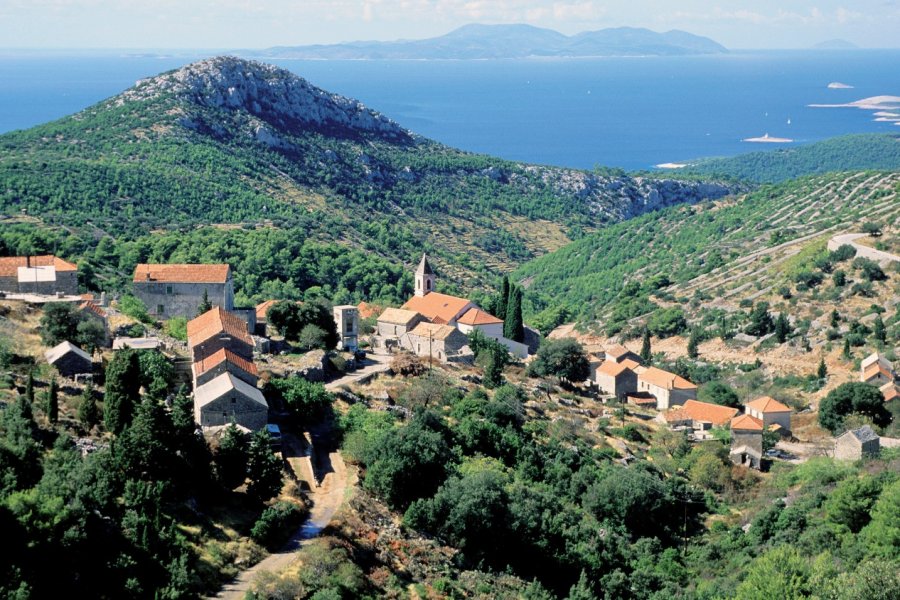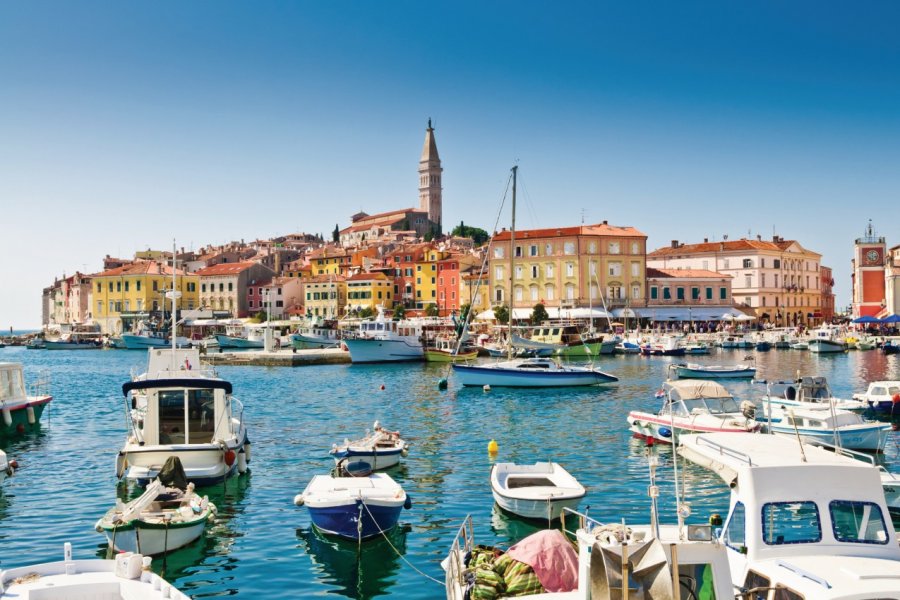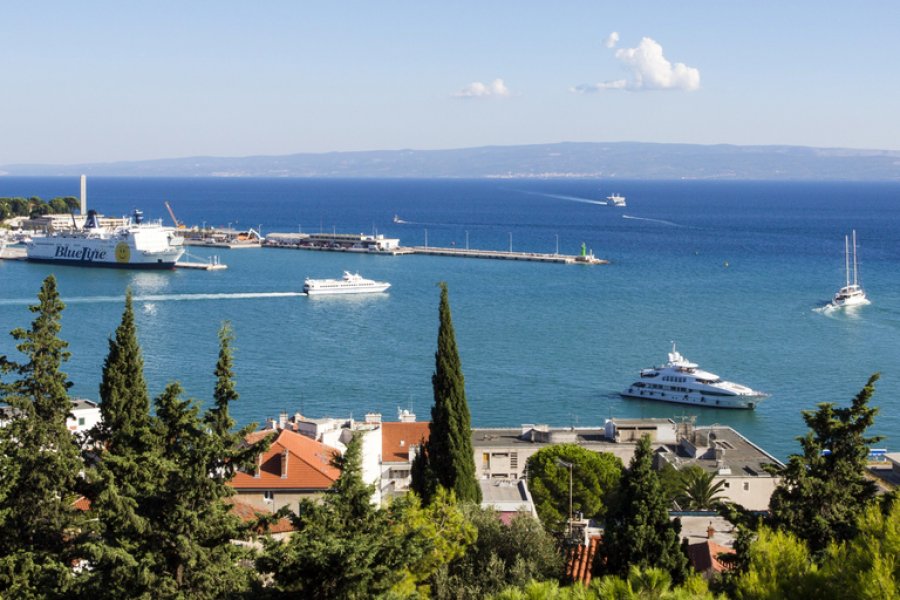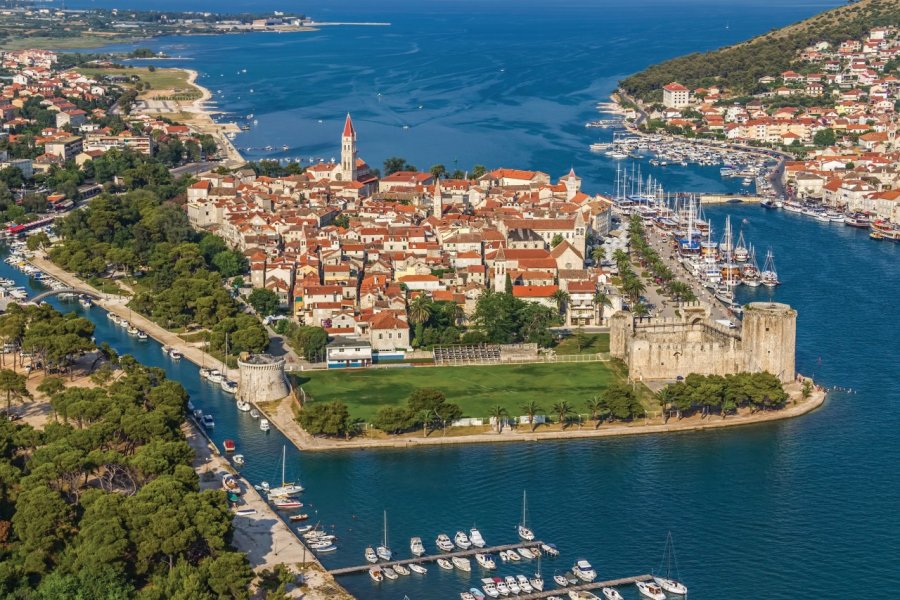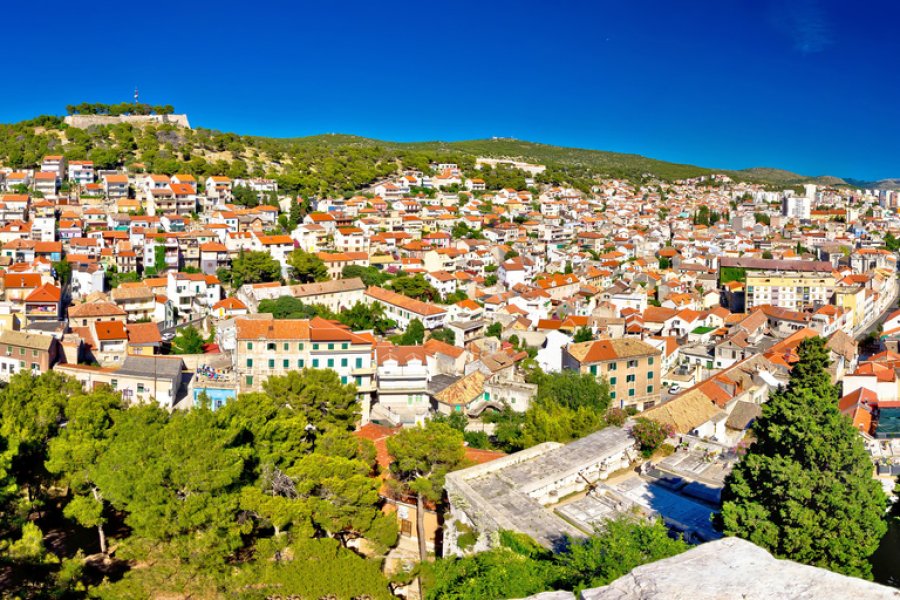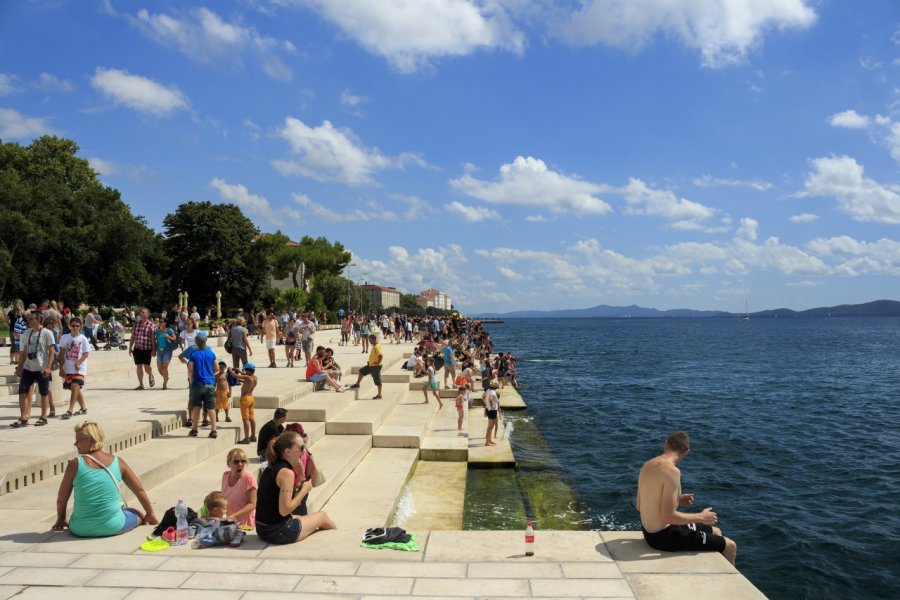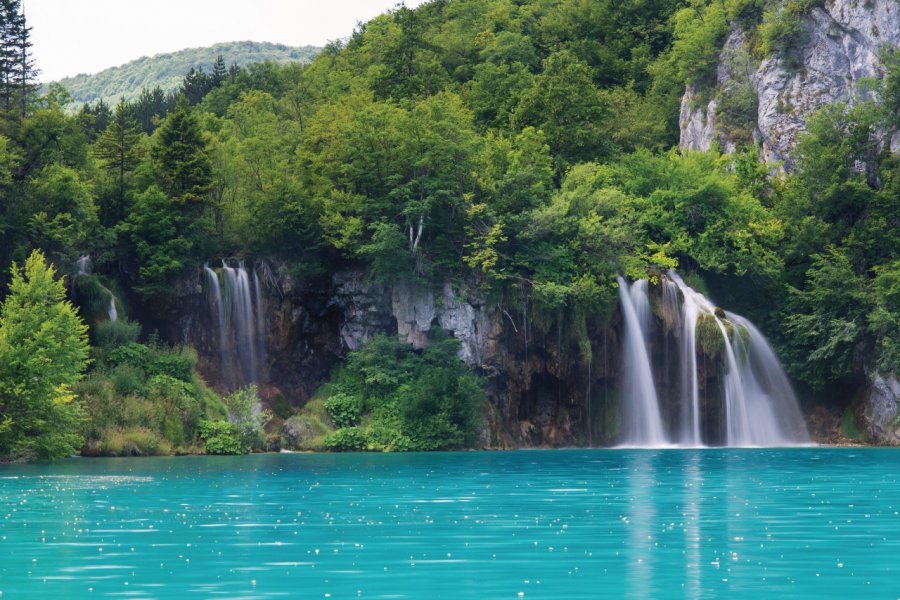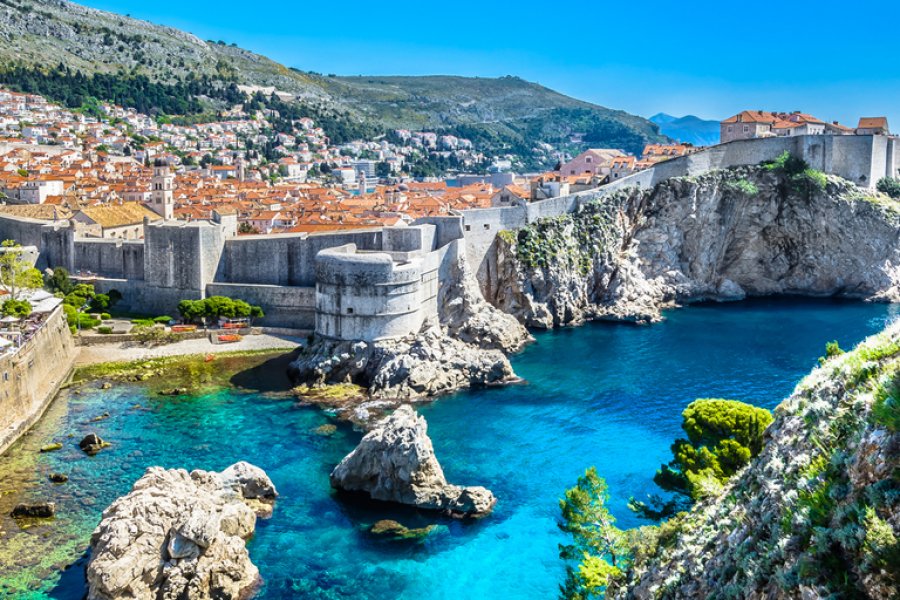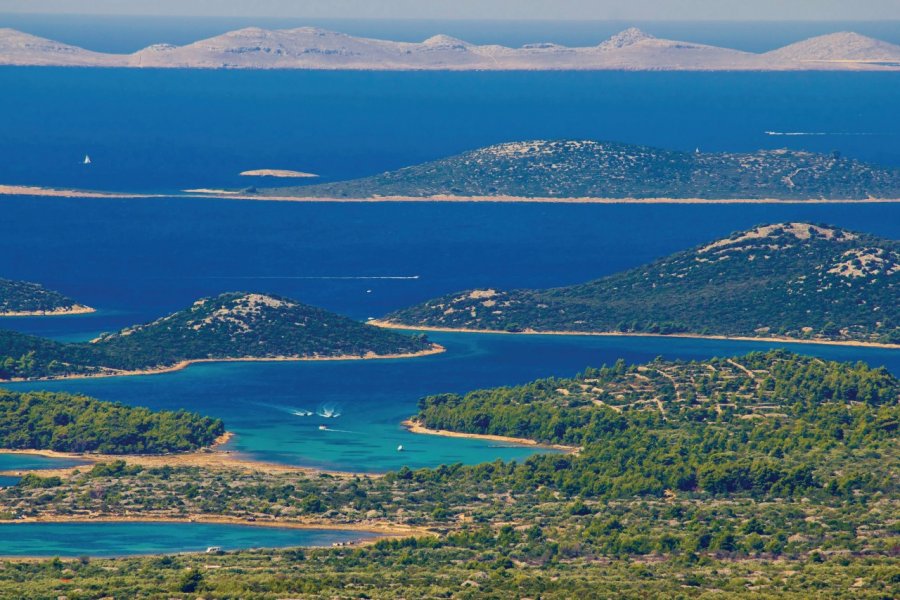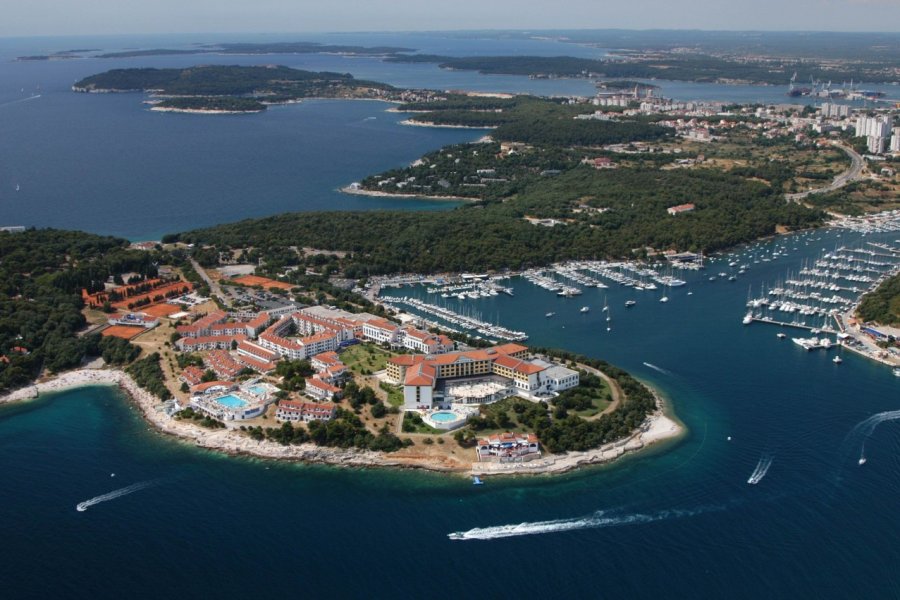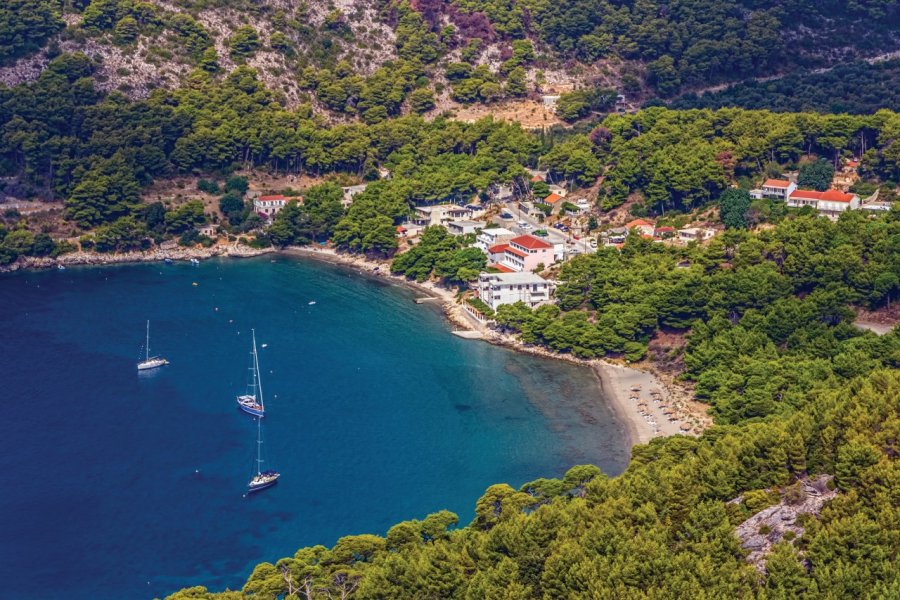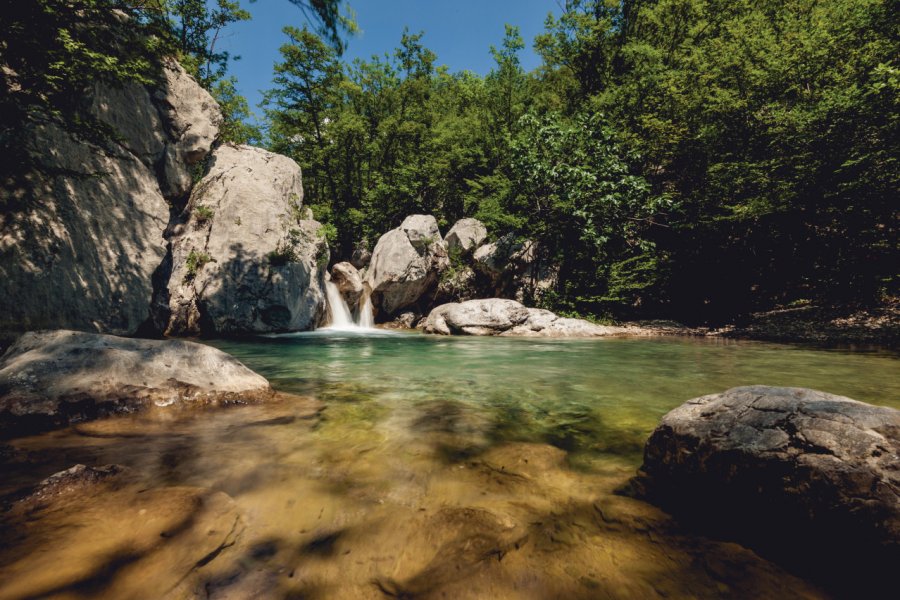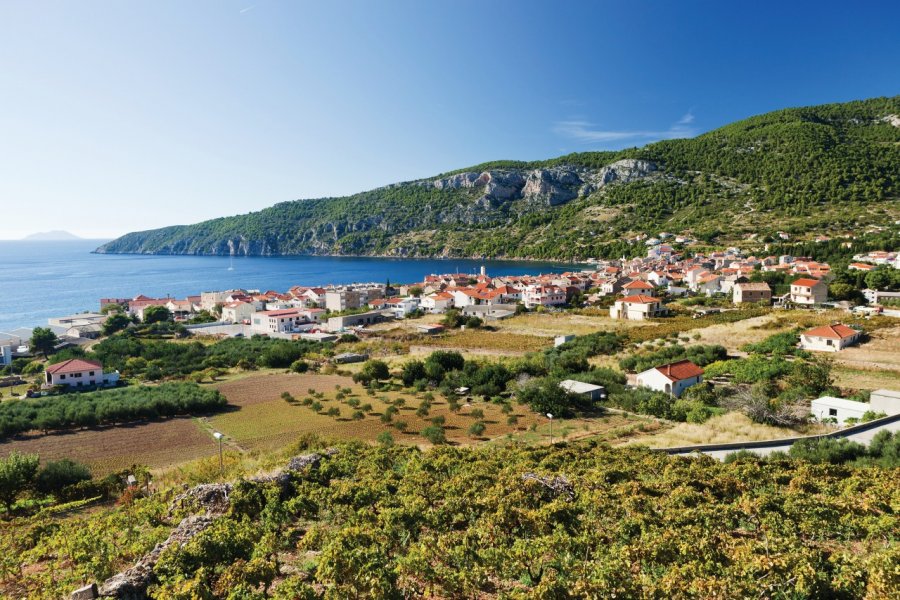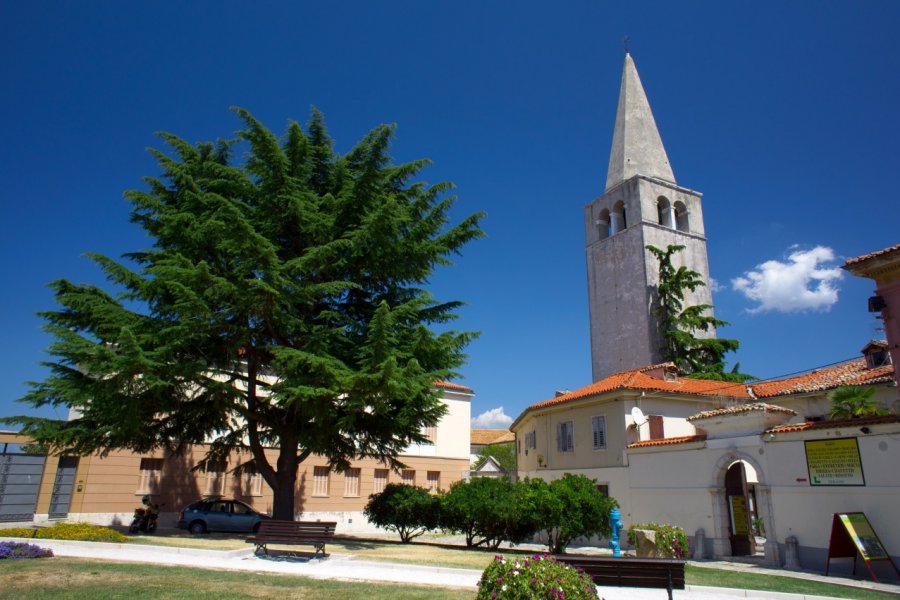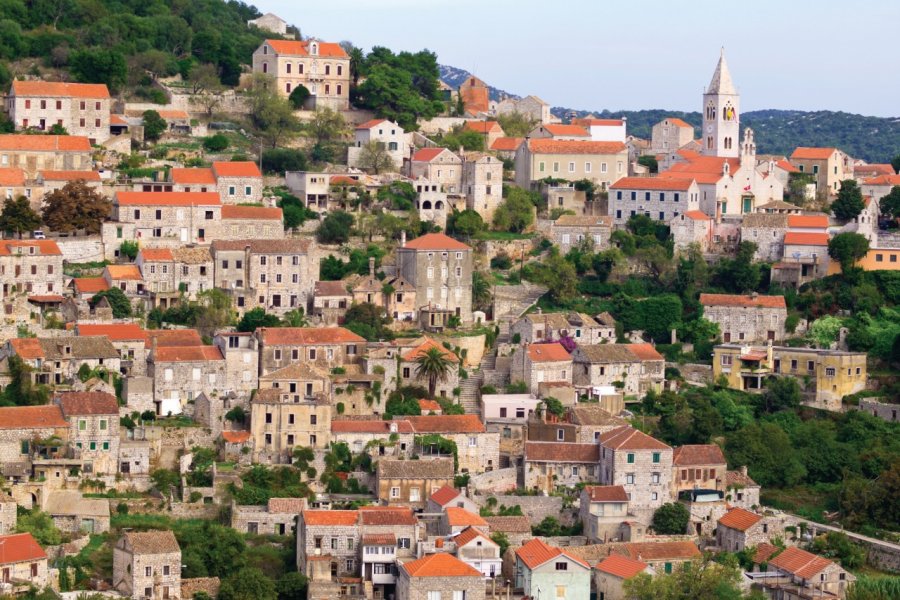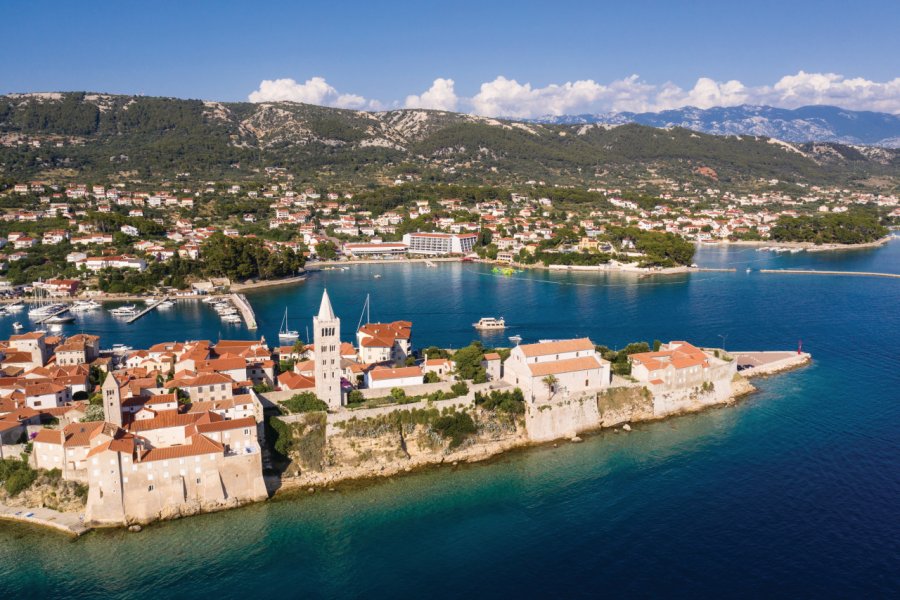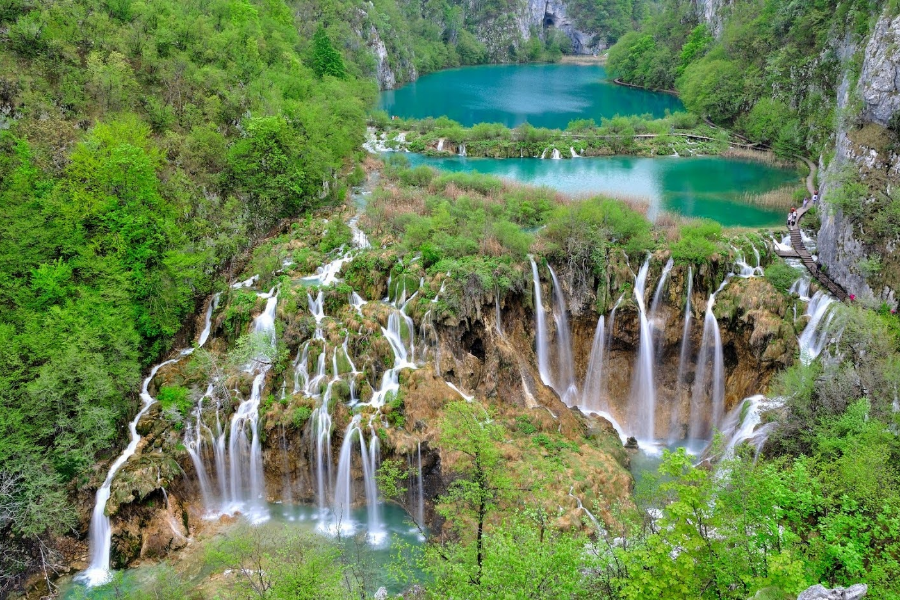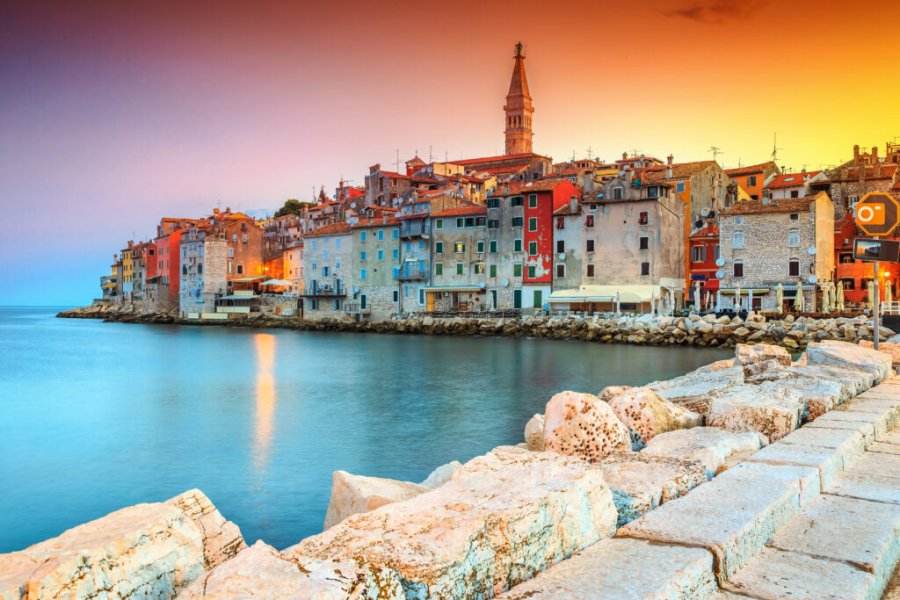Why go to Croatia? The 10 good reasons to go Croatia

Slavonia, the other Croatia
Here, the wine routes often cross those of the castles and spas.

Dubrovnik, pearl of the Adriatic
In ancient Ragusa, there's so much listed heritage to discover!

The unmissable islands
Krk, Cres, Losinj, Rab, Pag, Dugi Otok, Hvar, Brač, Korčula, Mljet, Vis..

National parks (seaward)
Classified archipelagos, Kornati, 150 islands and islets on 300 km, Brioni (Istria), salt lakes..

The Dalmatian archipelagos
The Croatian Adriatic boasts hundreds of islands grouped together in archipelagos.

Green and blue Istria
Inland, perched villages; towards the sea, Pula, Rovinj, Poreč..

Historic port cities
Dubrovnik, Korčula, Split, Trogir, Zadar, Primošten, Šibenik, Rijeka, Pula, Rovinj, Poreč..

National parks (land side)
Lakes and waterfalls (Plitvice, Krka), Velebit mountains, Paklenica canyon..

Zagreb, the capital
Summer and winter, there is plenty to do in this cultural and festive city.

The festival route
Classical, contemporary, Balkan, reggae, jazz, latin music, festivals for everyone.
What to visit Croatia?
Good to know to visit Croatia
 Timetable
Timetable
National museums. Opening times generally vary according to the season, with longer opening hours in summer. In Zagreb, some museums and galleries close on Sunday afternoons, or even all day. Others close on Saturday afternoon or Monday. For short weekend stays in the capital, this is a must! Still in the capital, several cultural establishments are being restored following the March 2020 earthquake. At the Zagreb tourist office, ask for the free pocket magazine(Events & Performances) for a list of museums and galleries still temporarily closed.
During the low season, many rental agencies and tourist information offices close around 3 pm - 4 pm. In high season, they open non-stop all day, some take a lunch break and close around 9pm.
 To be booked
To be booked
All international festivals (film, music, theater) update their official websites, where you can consult the program and buy tickets. Tourist offices also sell tickets. For national parks, you should also consult their official websites before you go. In addition to weather forecasts and practical information on how to organize your visit, you can reserve tickets in advance. For the summer period, this online booking is recommended, especially for the very popular national parks (Plitvice Lakes, Brioni Islands, Krka River); it sometimes offers discounts.
 Budget & Tips
Budget & Tips
National museums. Admission: €3 to €4. Further information on the website of each museum or that of the Croatian Museums Association(www.mdc.hr/).
Summer Festivals. During the tourist season, many localities offer a free program of cultural events. Ask your local tourist office for details.
National park entrance tickets (indicative prices per day and per adult): Brijuni: from €30 (including ferry crossing); Plitvice: €10 to €27 (depending on the season); Krka: €7-20 or €40 (depending on the season, all sites); Kornati: from €20 (ferry) to €105 (yachtsman), around €40 (organized excursion); Paklenica: €4-6 or €10 (depending on the season); Mljet: from €8 to €19.
 Guided tours
Guided tours
All Croatian tourist offices can put you in touch with an official guide.
In France, the Ideoz website (https://voyages.ideoz.fr/) is an online travel guide specializing in Croatia, with several guides and skippers listed. They are qualified and offer à la carte services in the main tourist destinations.
 Smokers
Smokers
Since 2009, smoking has been banned in public places in Croatia. However, some establishments allow smoking indoors.
 Tourist traps
Tourist traps
The risk of encountering bogus guides in Croatia is low, as the business is highly regulated. The guide must hold a valid professional card.
Tourist offices have lists of guides approved by the relevant ministry. These guides have specific knowledge of their region. The French website Ideoz has also selected official French-speaking guides:
https://voyages.ideoz.fr/activites-visites-guidees-en-croatie/
